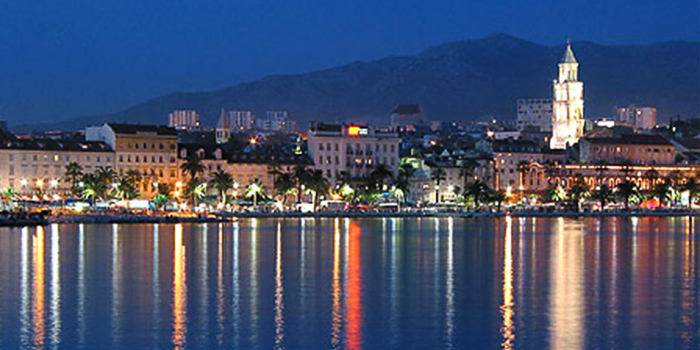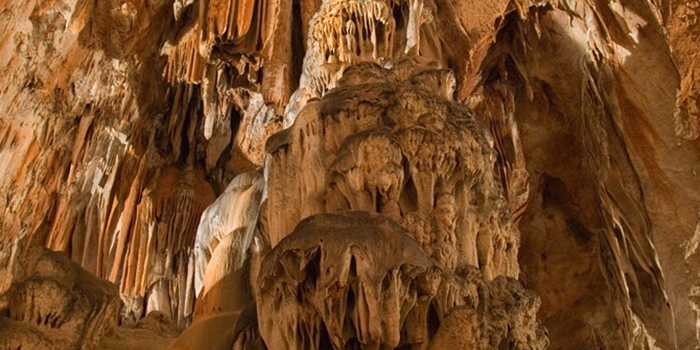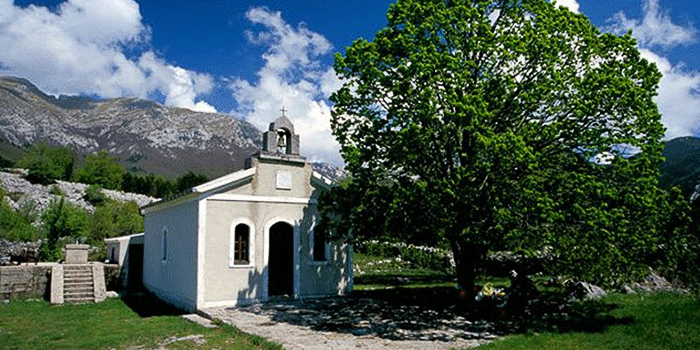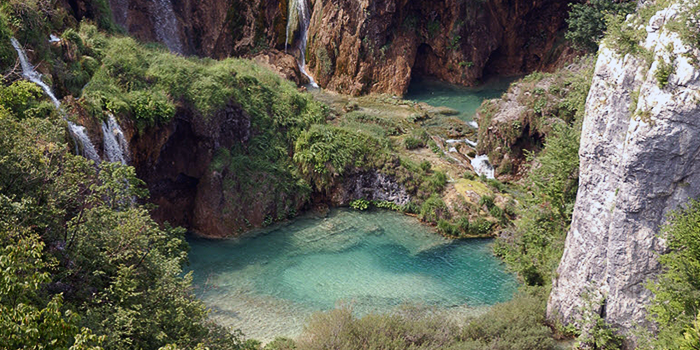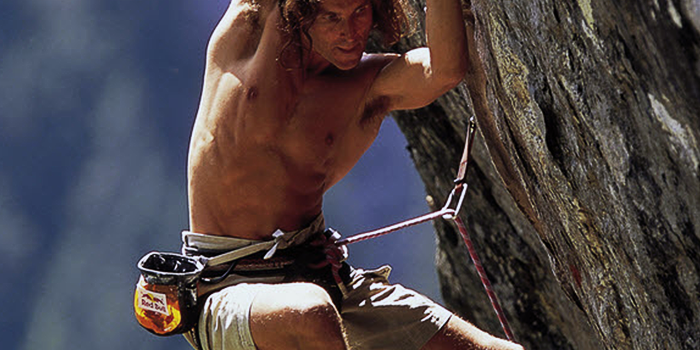Mirila
Mirila
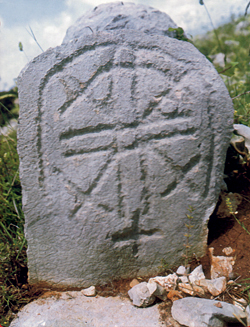
Along the mountain paths through the Velebit passes, elevations and clearings, the mirila can be found - stone monuments to the deceased.
They date back to the times when people lived and died in the Velebit hamlets (17th – 20th century), mainly making their livelihoods from animal husbandry. They preserve the memories of those who died on the mountain slopes and who had to be carried to the village church and to the graveyard where they were buried.
On these tortuous treks, stopping for a rest and placing the deceased on the ground was only permitted in one place - a place where the deceased would say his final farewell to the sun. A mirilo was erected at this place - the height of the deceased marked with a stone laid at his head and feet and then these stones were connected with other slabs. The headstones were adorned with symbols engraved in shallow relief. They were revered and visited more than the grave itself where ‘only the body lay, without the soul that had remained at the mirilo.’
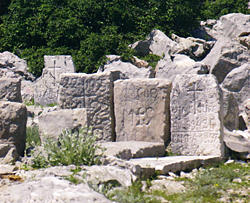 The mystical markings depicted on the headstones, among which the cross and the sun’s corona were the most common, point to the continuity of artistic decoration from prehistoric cultures through to early Christianity and the iconography of medieval Bosnian tombstones, while inscriptions are rare and belong to more recent times.
The mystical markings depicted on the headstones, among which the cross and the sun’s corona were the most common, point to the continuity of artistic decoration from prehistoric cultures through to early Christianity and the iconography of medieval Bosnian tombstones, while inscriptions are rare and belong to more recent times.
As stone markers of a unique funeral cult, the mirila tell us of the customs, the way of life and the creativity of an entire age.
One of the many legends about the bora , written in Zoranic " Mountains", the story of a young and beautiful but arrogant girl of noble birth named Bora...
 Which part of Croatia do you find most alluring for a summer holiday?
Which part of Croatia do you find most alluring for a summer holiday?
